
An Often Overlooked Gem in the Heart of Spain
By Janis Turk
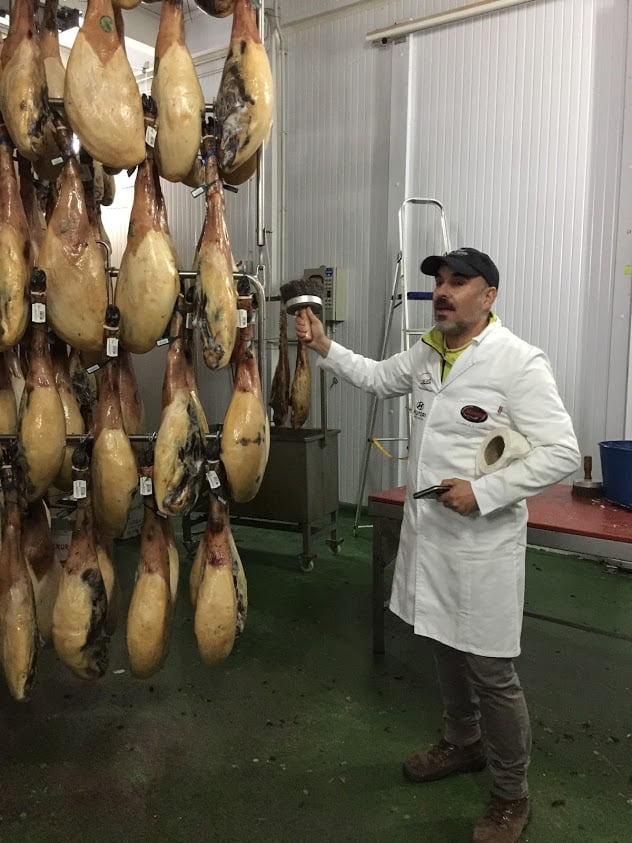
So you think you know Spain. You’ve been to Barcelona, made it to Madrid, and seen Seville. But before you scratch Spain off your bucket list, visit Extremadura. If you don’t, you won’t have found Spain’s most precious hidden gem.
So where, or what is Extremadura?
Well, think of it this way: Spain has 17 autonomous communities or regions, all something akin to what in the U.S. we’d call states.
Then, within each of those regions are provinces, like counties. There are only two of them in Extremadura, Cáceres, and Badajoz, the two largest provinces in Spain.
It’s Like a State

So Extremadura is kind of like a state, and oddly enough (considering how nice it is) it’s one of the most often overlooked regions. Still, it’s arguably one of the loveliest in Spain.
Chock-full of history, ancient architecture, twisting rivers, and deep valleys, rocky mountains and dense forests, it’s a natural beauty.
Situated in western/South-Central Spain bordering Portugal, Extremadura is a scenic, largely rural region with deep basin vales and rugged terrain.
Home to national parks, myriad wildlife, and stands of acorn-filled oaks, it’s probably best known for its wild black Iberian pigs.
Thus it’s no surprise that Extremadura produces the finest cured ham in Spain. It also is home to some of the lushest wine country, attractive olive and almond tree orchards, and scenic little cities.
So what’s so special about Extremadura? Here is a cheat sheet covering a few things I love about this enchanting place.
Ancient Architecture

One of the main reasons I, and other history buffs, love Extremadura is that with every step and stone one overturns, evidence of early civilizations lies below the surface. The ancient Roman province of Lusitania, also called Hispania Lusitana, was an Iberian Roman province covering land in Portugal (south of the Douro river) and part of western Spain that is now Extremadura.
Several cities in Extremadura have been built on the site of ancient Roman cities, parts of which have been painstakingly excavated and restored and incorporated beautifully into their modern downtown spaces.
Merida, Spain
The best place to see Roman ruins and ancient artifacts may be Merida, the capital of Extremadura, home to the largest number of Roman ruins in all of Spain. Just 2 hours by car from Seville and 3.5 hours from Madrid, Merida was founded as a Roman colony in A.D. 25 and is the site of the Archaeological Ensemble of Mérida, one of the largest and most extensive archaeological sites in Spain and a UNESCO World Heritage Site since 1993.

While there, visit the awe-inspiring Roman theatre, built from 16 to 15 BC, which once held about 6,000 spectators. Contiguous with the theatre is the Amphitheatre of Mérida of the Roman colony of Emerita Augusta, completed in 8 B.C., where gladiators (both male and female) fought and men even hunted and battled wild beasts. There is also a Roman Circus, built around 20 B.C., where chariot races took place.
Excavations began in 1910 on the Archaeological Ensemble of Merida. Also in Merida, see two Roman aqueducts, the Arch of Trajan and the Temple of Diana, and the Roman bridge over the Guadiana River. There are also the remains of Roman houses, Roman baths, city gates, and more.
While in Merida don’t miss the National Museum of Roman Art, which holds original Roman mosaics, sculptures, and artifacts excavated from the nearby theater and amphitheater. If you visit in June, be sure to attend Mérida’s International Classical Theatre Festival and see a live theatre production held in the ancient amphitheater.
You can even spend an afternoon on the outskirts of Merida visiting a day-spa and B&B styled after a traditional Roman bath and house at Aqua Libera, for a traditional Roman lunch and a massage or a dip in the Roman bath.
Cáparra
Other great stops in Extremadura for architecture enthusiasts include the Roman ruins of Cáparra, Guijo de Granadilla, located in the Caceres-province of Extremadura. Dating to about A.D. 74, Cáparra today it is an archeological site being meticulously excavated, and visitors can see the remains of Roman houses, roman baths, an amphitheater and its glorious tall four-gate arch which stood along an ancient Roman road.
Cáceres
Game of Thrones fans and Roman architecture enthusiasts will both enjoy visiting the Cáceres Old Town, named a World Heritage City by UNESCO in 1986 for its blend of Roman, Islamic, Northern Gothic and Italian Renaissance architectural styles. Of the 30 or so towers which remain of the Muslim period, the Torre del Bujaco is perhaps the favorite of most architecture buffs.
Cáceres was a trade route city and a political center of the local nobles for many centuries, and it’s still a favorite overnight stop for modern visitors. It’s also been used several times as a filming location for Game of Thrones.
Plasencia
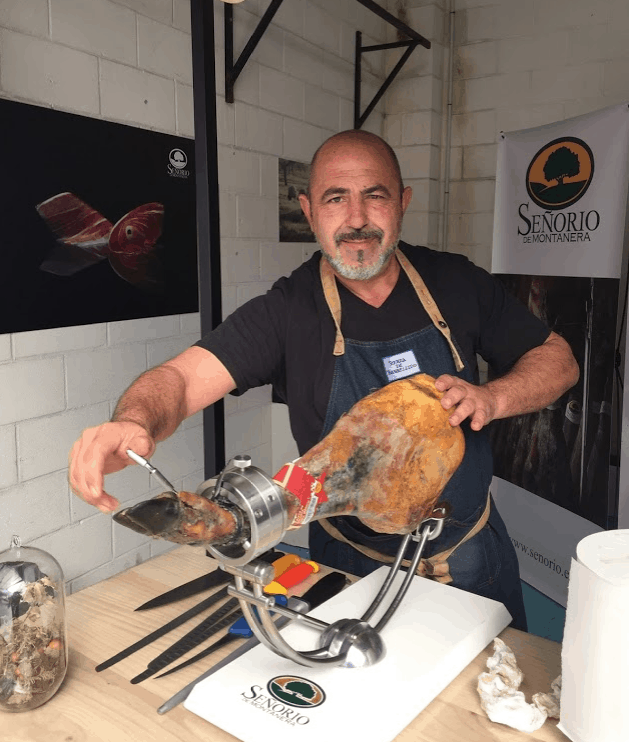
Another town with arresting architecture is Plasencia, home to the stunning Plasencia Cathedral built from 1172 to 1504. Its High Altar, dating from the 17th century, features carved images by Gregorio Fernández and paintings by Francisco Ricci.
The Old Cathedral portion of the two-cathedral complex houses the Cathedral Museum. The incredibly ornate gilded altar here is more stunning than most, so even if you think “seen one European cathedral, seen them all,” see this one anyway. This was perhaps my favorite stop.
Granadilla
Although its origins are not Roman but rather from 9th Century Arabs, Alba Castle in the ghost town of Granadilla is also a great stop for architecture lovers.
Set in an abandoned town named a “Historic-Artistic Ensemble,” in the 1980s, today it is undergoing an ongoing village-wide restoration.
Stylish Spanish Lodgings
For a truly special Spanish lodging experience, stay in a Parador. Paradores are luxury 4- and 5-star hotels created within the walls of former convents, monasteries, palaces, castles, and mansions of ancient nobility. Paradores de Turismo de España is a chain of Spanish luxury hotels founded by Alfonso XIII as a means to promote tourism and save and restore some of Spain’s finest old buildings.
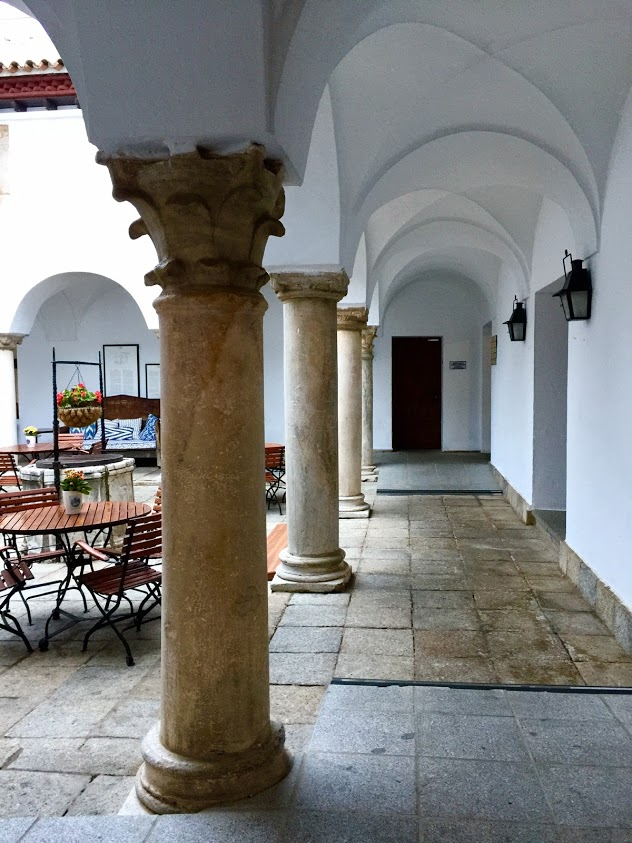
Similarly in Extremadura, there are Hospederias, most of which are 3- and 4-star hotels, like the serene Hospederia Valle del Ambroz in the little village of Hervás (Cáceres), set in a former convent.
The Perfect Parador
The stunning Parador de Plasencia, set in the former Santo Domingo Monastery built in the 15th century, features Gothic-style interiors with walls of thick stone, vaulted ceilings, archways, a stone staircase, and more.
It is an extraordinary place to stay or just stop for a glass of wine in the bar or in the after-hours wine cellar late-night jazz club.
The Parador de Merida reminds me a lot of a larger lovelier version of Laredo, Texas’ Hotel La Posada or Santa Fe New Mexico’s La Fonda on the Plaza.
Set in a sprawling former 18th-century convent built atop the remains of a temple dedicated to the Augustan Concord, this Parador offers a sublime stay in the center of the old town, steps from the ancient ruins of the Roman, Visigoth and Arab ancient city of Mérida, yet it’s close to modern shops, restaurants, bars, museums, and lively plazas.
With white walls, tile floors, thick dark wood beams, and traditional Spanish wooden furnishing throughout, the hotel is simultaneously fresh and modern yet thoroughly Old World Spanish, too.
Other fine hotels in Extremadura include the Hotel NH Palacio de Oquendo in Cáceres and my favorite, the Hotel Palacio Carvajal Girón in Plasencia, with its arched inner courtyard, modern bathrooms, rooftop bar, stone staircase, and fine restaurant.

Extremadura Cuisine
In the land of the Iberian pig, of course, each restaurant menu will offer Iberian ham and delectable menu options like pork cheeks.
Another standard menu option included hand-made local gourmet cheeses. Cod seemed to be a menu staple, too. And the wonderful wines of Extremadura kept the laughter and conversation flowing throughout each fabulous meal.
A favorite stop for dinner was the Succo restaurant in Plasencia, where a charcuterie board of local epicurean delights took center stage before the main meal, as well as the restaurant at Hotel NH Palacio de Oquendo in Cáceres.
But my favorite dinner of this trip was one I helped make during a fun interactive cooking class at the bright and exciting Espezia kitchen in Mérida.
Arts and Culture
Art is at the heart of Spanish culture, so there are many museums, galleries, and shops to enjoy throughout Extremadura. We stopped to see a potter at work, visited an open-air market in Feria, Spain, and perused the galleries of Merida. There is so much to see in this part of Spain.
Be sure to make it part of your next bucket-list trip.
- The Maldives: A Blue Beyond Blue - October 3, 2023
- Terceira Island in the Azores, a Magical Mystical Place - December 29, 2021
- Virgin Hotels Dallas: Sir Richard’s Flat - November 18, 2021




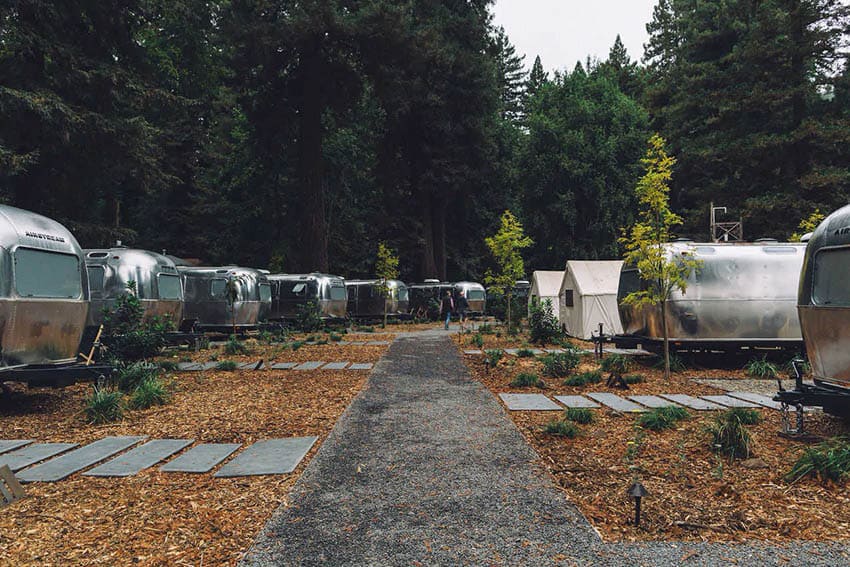
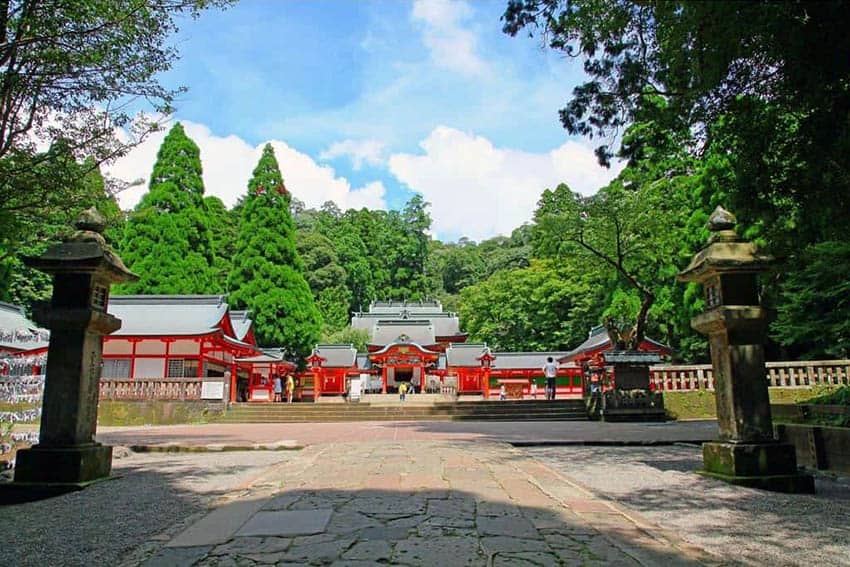
You forgot to mention the city of Badajoz, the largest and most populated city in the region of Extremadura and with the largest Muslim fortress in Europe.
Good addition, thanks for sharing. Next time we’ll include it.